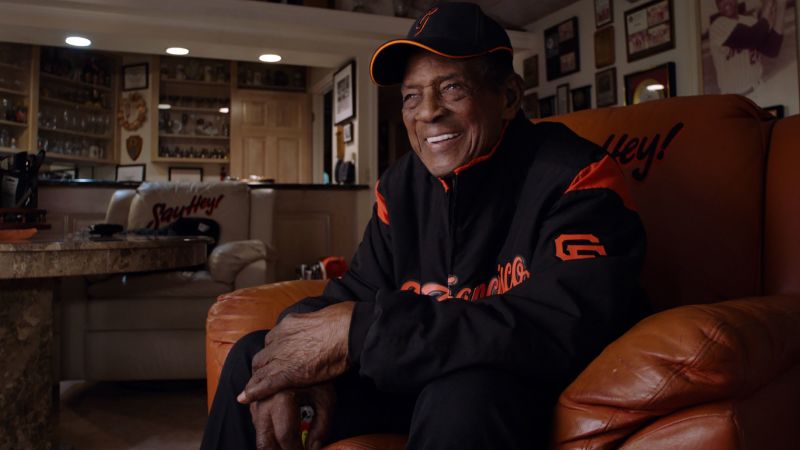The DJ's Toolkit Exploring the Art of Mixing Music
In the modern music industry, DJs play a vital role in entertaining and engaging audiences. DJs have the power to transform a party or an event by skillfully mixing and blending music tracks, creating a seamless flow of energy. The art of DJing requires a combination of technical skills, creativity, and a deep understanding of music. In this article, we will explore the DJ's toolkit and delve into the various aspects that make DJing a unique and exhilarating art form.
As a DJ, your role extends beyond simply playing tracks. You are responsible for curating a cohesive and engaging musical journey for your audience. A DJ sets the mood, controls the energy, and creates memorable moments through skillful selection and mixing of music.
Building a Music Library
A well-curated music library is the backbone of a DJ's toolkit. It's essential to collect a diverse range of tracks across various genres, ensuring versatility and the ability to cater to different crowds and venues. Organizing your library effectively makes track selection and mixing more efficient.
Essential Equipment for DJs
To embark on a DJing journey, it's crucial to have the right tools at your disposal. The primary equipment for DJs includes a pair of professional-grade turntables or CDJs, a DJ mixer, headphones, and a sound system. These tools enable DJs to manipulate and control the music, allowing them to mix tracks and create captivating performances. Additionally, DJ software and controllers have become popular alternatives for digital DJs, offering a portable and versatile setup.
To embark on your DJing journey, you'll need the right hardware. This includes a quality DJ mixer, turntables or DJ controllers, headphones, and speakers. Investing in reliable equipment ensures optimal performance and durability.
Understanding Music Genres and Styles
To become a skilled DJ, it's essential to have a broad knowledge of music genres and styles. Each genre carries its unique characteristics and energy, and understanding them enables DJs to curate tailored experiences for their audiences. From electronic dance music (EDM) to hip-hop, from house to techno, DJs must explore and appreciate the vast range of musical expressions available to them.
Beatmatching and Mixing Techniques
Beatmatching is a fundamental skill that DJs must master. It involves aligning the beats of two tracks, ensuring they play in perfect synchrony. By skillfully adjusting the tempo and manipulating the pitch, DJs can create seamless transitions between songs. Mixing techniques, such as blending and fading, further enhance the overall flow of the music, keeping the energy levels high and the dancefloor alive.
Modern DJs leverage the power of software to enhance their mixing capabilities. Software applications such as Serato DJ, Traktor, and rekordbox enable DJs to manipulate and control music with precision. These tools offer features like looping, cue points, and effects, expanding creative possibilities.
Beatmatching is a fundamental skill that DJs must master. It involves aligning the beats of two tracks to create a seamless transition. Additionally, understanding phrasing and song structure helps DJs blend tracks harmoniously, maintaining energy and flow on the dance floor.
Harmonic Mixing and Key Detection
Harmonic mixing adds another layer of creativity to DJing. By considering the musical key of tracks, DJs can create harmonic blends and transitions, resulting in smooth and pleasing combinations. Key detection software and tools assist DJs in identifying compatible tracks and simplifying the process of harmonic mixing. This technique adds a new dimension to DJ performances, creating a captivating and harmonious musical journey.
Harmonic mixing adds another layer of sophistication to DJ sets. By blending tracks in key and tonality, DJs create smooth transitions and enhance the overall musical experience. Utilizing harmonic mixing techniques can evoke emotions and elevate the dance floor atmosphere.
Creating Seamless Transitions
Seamless transitions are the hallmark of a skilled DJ. It involves crafting smooth changes between songs, avoiding abrupt stops or jarring shifts in energy. DJs achieve this by carefully selecting tracks with complementary elements and using advanced mixing techniques, such as EQ adjustments and crossfading. The goal is to maintain a consistent flow and engage the audience throughout the performance.
Effects and Sampling in DJing
Effects and sampling allow DJs to add their personal touch to the music. DJs can apply various effects, such as reverb, delay, and filters, to create unique sounds and atmospheres. Sampling involves integrating snippets of other tracks or sounds into the mix, providing creative surprises and adding depth to the performance. These techniques help DJs to express their artistic vision and create memorable moments for the audience.
Building a Unique DJ Style
While technical skills are essential, developing a unique DJ style is equally important. DJs should aim to express their personality and musical preferences through their performances. This involves selecting tracks that resonate with them and incorporating their own artistic interpretations into the mix. By experimenting with different genres, styles, and techniques, DJs can carve out their distinct identity in the world of DJing.
Reading the Crowd and Creating Energy
One of the most critical aspects of DJing is reading the crowd and adapting to their energy. Skilled DJs have a keen sense of the audience's mood and preferences, allowing them to curate a set that resonates with the listeners. By observing the dancefloor and understanding the dynamics of the event, DJs can build and sustain energy, creating an immersive experience for everyone present.
DJing in Different Environments
DJs perform in a variety of settings, ranging from intimate clubs to massive festivals. Each environment poses unique challenges and opportunities. In smaller venues, DJs have more intimate interactions with the crowd, while larger stages require broader musical selections and grand performances. Adapting to different environments is a crucial skill for DJs, ensuring they can deliver exceptional experiences regardless of the setting.
Recording and Sharing DJ Sets
In the digital age, recording and sharing DJ sets has become an integral part of the craft. DJs can capture their performances and share them online, reaching a wider audience and showcasing their skills to potential fans and collaborators. Platforms like SoundCloud and Mixcloud offer spaces for DJs to host and promote their mixes, facilitating connections and opportunities within the music industry.
The Future of DJing and Technology
As technology continues to advance, the landscape of DJing evolves. New tools and software constantly emerge, offering DJs exciting possibilities for creativity and performance. From advanced beat-matching algorithms to innovative controllers and production techniques, DJs can push the boundaries of their craft. The future of DJing holds endless opportunities for those willing to embrace technology and explore new artistic horizons.
The art of mixing music is a multifaceted endeavor that requires technical proficiency, musical knowledge, and creative expression. DJs hold the power to shape the atmosphere and emotions of a space, creating memorable experiences for their audiences. By mastering the DJ's toolkit, including beatmatching, mixing techniques, harmonic blending, and reading the crowd, DJs can unlock their full potential and elevate the art of DJing to new heights.







 English (US) ·
English (US) ·